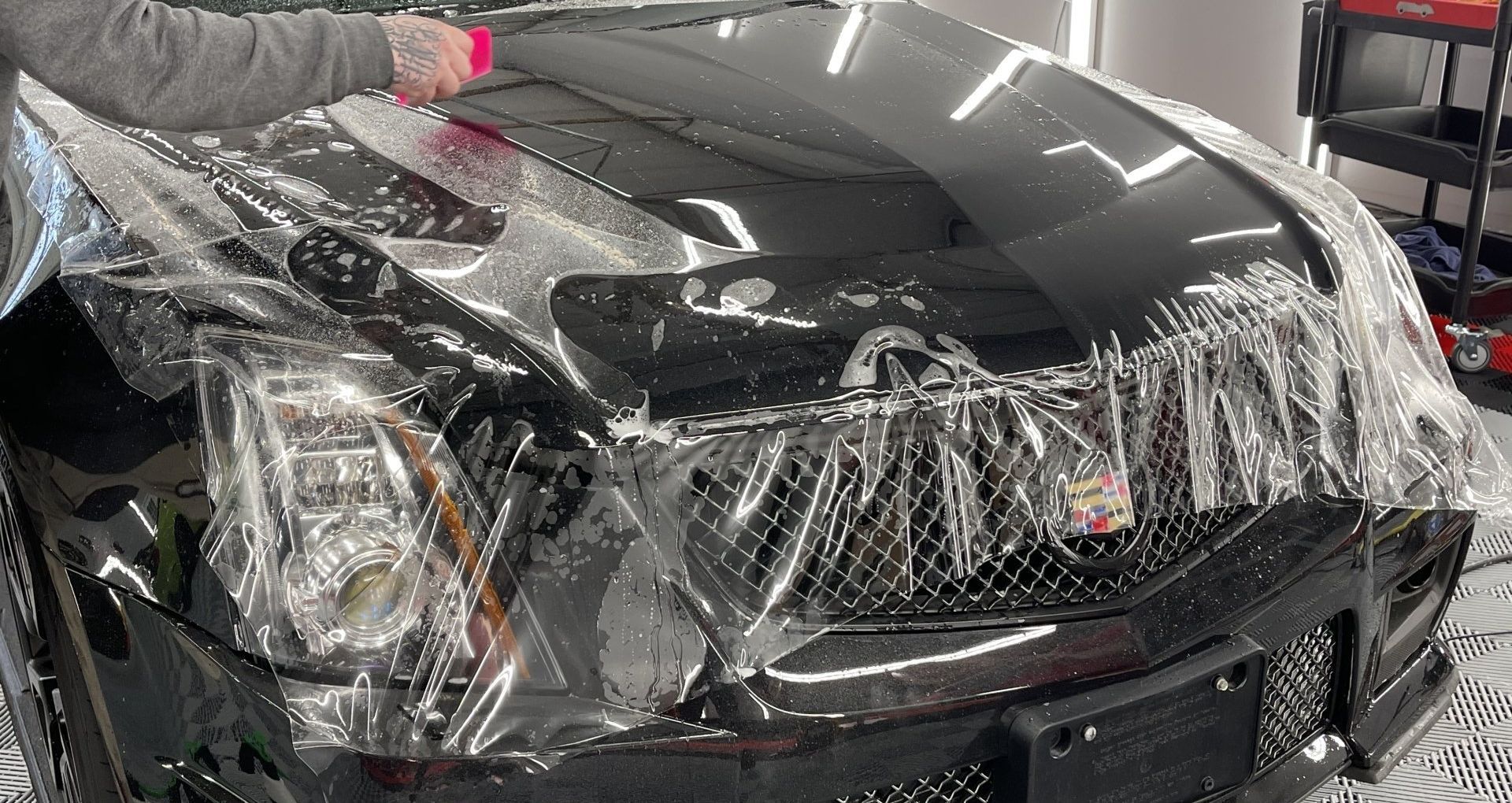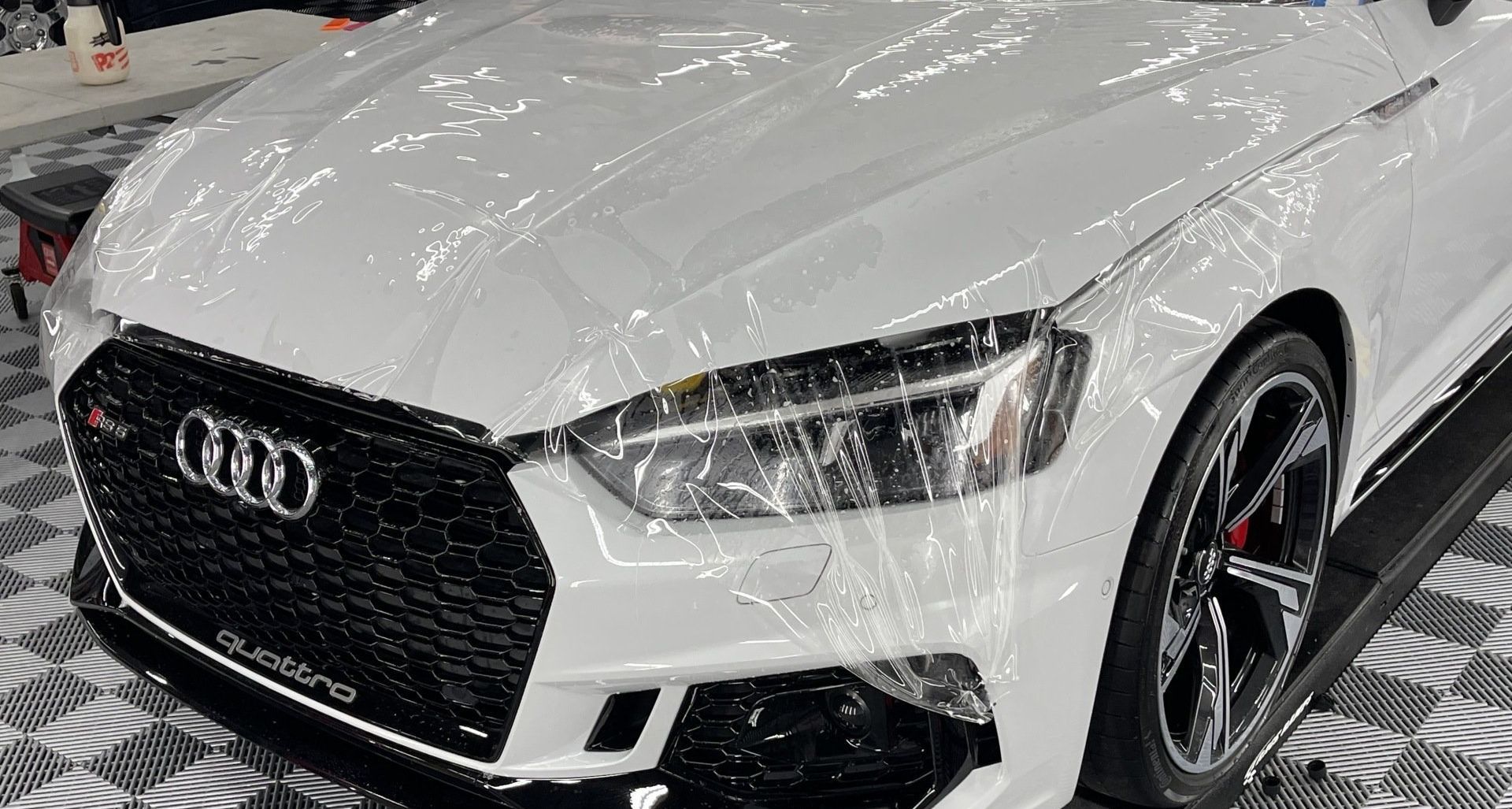If you've ever stared at your car after a heavy rain and wondered whether those droplets could be harming its paint, you're not alone. Acid rain, formed from industrial pollution and vehicle emissions, poses a real threat to the glossy finish we all love on our vehicles. You might think a little rain is nothing to worry about, but over time, even mild acid rain can lead to fading and damage that really adds up. The weather can further exacerbate these effects, increasing the potential for corrosion. Fortunately, there's a solution: Paint Protection Film (PPF). This innovative protective layer not only guards against scratches and chips but also creates a barrier against the harmful effects of acid rain. In this article, we’ll explore how PPF can safeguard your car's appearance and extend its lifespan, ensuring your investment remains intact for years to come.
While Paint Protection Film (PPF) primarily provides mechanical protection by absorbing impacts from scratches and rock chips, it also offers a degree of resistance to environmental stressors like acid rain, which is essential in corrosion prevention. However, for optimal protection against chemical damage, including acid rain and other contaminants, it is recommended to apply a ceramic coating over the PPF. This combination enhances the overall durability and resistance of your vehicle's paintwork, making it less vulnerable to the elements.

Understanding Acid Rain and Its Effects
Acid rain forms when sulfur dioxide and nitrogen oxides—typically released from factories, power plants, and vehicle exhaust—interact with moisture in the atmosphere. This process results in precipitation that is significantly more acidic than normal rainwater, which averages a pH of about 5.6. Surprisingly, acid rain can have a pH as low as 4.0 or even lower, making it quite potent. This increased acid level isn't just a concern for innocent puddles; it can lead to severe repercussions for your vehicle's paint and overall integrity, especially in severe weather conditions.
Over time, exposure to this corrosive rain can result in significant consequences for your car. Paint degradation is commonly seen in areas prone to industrial runoff where vehicles are routinely exposed to these harsher conditions. Without adequate prevention methods, the effects of acid rain can rapidly accelerate corrosion on your vehicle's exterior surfaces.
The direct physical effects of acid rain on cars include fading paint, peeling clear coats, and unsightly etching that can be mistaken for scratches or wear. If left unaddressed, the damage may progress over time. Eventually, this deterioration can reach underlying layers of paint and primer, significantly reducing your vehicle’s lifespan and aesthetic appeal.
Fortunately, understanding these impacts highlights the necessity of preventative measures like Paint Protection Film (PPF). A good PPF acts like an invisible barrier against environmental stressors that could wreak havoc on your vehicle's exterior.
While maintaining your vehicle is essential with regular washes and detailing, taking proactive steps to shield it from acid rain through protective coatings becomes critical in preserving both its appearance and resale value. Implementing corrosion prevention strategies such as PPF and ceramic coatings can significantly enhance the longevity and durability of your vehicle, safeguarding it against the adverse effects of weather-related acid rain damage.By investing in PPF or similar solutions, you safeguard your car from the corrosive nature of acid rain and keep it looking pristine for years to come. The application not only provides physical defense but also enhances the gloss of your vehicle’s exterior, contributing to its preservation and aesthetic longevity.
Having explored the detrimental effects of acid rain on vehicles, it’s important to understand what constitutes an effective protective solution for your car’s finish. An ideal solution must offer both gloss and defense to ensure the long-term preservation of your car’s aesthetic appeal. Let’s now examine the fundamentals behind a top-tier protective measure designed specifically for these challenges.
What is Paint Protection Film (PPF)?
Paint Protection Film (PPF) is a transparent layer made of thermoplastic urethane that acts as a protective barrier over your vehicle's paint. This innovative film guards against minor abrasions, UV light damage, and chemical contaminants that can degrade the car’s finish over time. The application of PPF enhances the longevity of the paint while maintaining its pristine look, giving your vehicle a well-cared-for appearance. This gloss-adding layer stands as a testament to the preservation efforts in caring for one’s vehicle.
Interestingly, PPF has an intriguing history; it was originally created for military purposes during the Vietnam War to protect helicopter blades from debris and other forms of wear and tear. Over the years, this protective technology has been adapted for broader applications, especially in the automotive industry where exposure to harsh road conditions is commonplace. Just like a superhero’s invisible shield, PPF works tirelessly behind the scenes to defend your car from various threats.
Imagine standing in front of a striking classic car, its coat shining brightly under the sun—this allure doesn’t happen by accident. You can think of PPF as a steadfast guardian that fends off threats while preserving the car’s beauty. It guards against pesky rock chips, unsightly scratches, and even fading caused by prolonged exposure to sunlight. This overarching defense contributes to both the durability and long-lasting gloss of your car, assisting in its preservation.
Knowing what PPF is and how it operates enriches our understanding of its role in safeguarding vehicles against specific elemental threats like acid rain. It becomes clear that investing in PPF not only beautifies but actively protects one’s investment over time. The preservation of your car’s exterior aesthetics and structure is a vital reason why many choose PPF as their primary line of defense.
As we explore further, it becomes essential to examine the critical benefits provided by PPF in combating damage from corrosive elements like acid rain. A focus on the maintenance of outdoor gloss and the reinforced defense of the paint underscores the importance of such protection.

How PPF Shields Your Car from Acid Rain
The impact of acid rain on automotive paint is often underestimated. Even though it may seem like just a few raindrops, acid rain can have a pH level between 4.0 and 5.0, which is acidic enough to cause significant damage to unprotected surfaces over time. This is where Paint Protection Film (PPF) shines, acting as an invisible shield that protects your vehicle’s paint from these corrosive elements, ensuring its gloss remains intact and its preservation is prioritized.
PPF is primarily composed of thermoplastic urethane, a remarkable material known for its strong tensile strength of approximately 5,000 psi. When applied correctly, this film creates a durable barrier that absorbs impacts from various environmental stressors, including rocks and debris, as well as acid rain. The gloss and clarity of the film aid in the preservation of your car’s functional aesthetics, further fortifying this robust defense system. The result is a remarkable reduction in damage; studies indicate that vehicles equipped with PPF experience 30% less paint degradation after prolonged exposure to acid rain compared to those without any protective film. This significant reduction in risk highlights the protective value of PPF against environmental hazards that cause paint discoloration and deterioration.
Self-Healing Properties
One exceptional characteristic of modern PPFs is their self-healing properties. This means that minor scratches and imperfections can 'disappear' over time, thanks to the elasticity of the film. It might sound like magic, but it’s really just science – when heat is applied (like from sunlight), the film's microstructure realigns itself, smoothing out any blemishes that may have occurred. This ability extends the effective lifespan of PPF significantly; under optimal conditions, it can last anywhere from 5 to 10 years.
To maximize these benefits, regular care should be part of your routine. Keeping the film clean not only enhances its performance but also prolongs its practicality. This includes washing your car regularly with gentle detergents and ensuring that you dry off the surfaces post-rainfall to prevent water spots from forming. These areas are prone to discoloration where contaminants might settle and wreak havoc if left unattended.
It's not just about maintaining aesthetics—protecting your vehicle also reflects on its resale value. When potential buyers see a car that's been well cared for, they often feel more confident in making a purchase. Ignoring potential hazards or risks, like paint discoloration, could affect their decision.
Notably, vehicles that utilize PPF are likely to maintain their vibrant paint finish longer than those that do not have protection in place. This can directly correlate with increased resale value since buyers appreciate the effort made to preserve the car’s original appearance.
With all the protective advantages that PPF offers against harmful substances like acid rain, it's equally important to consider how these films benefit the environment by reducing waste and enhancing durability.
Environmental Benefits of PPF
One of the most compelling reasons to invest in Paint Protection Film (PPF) extends beyond protecting the surfaces of your car; it encompasses significant environmental benefits too. When you apply PPF, you're preserving the aesthetic appeal and value of your vehicle while minimizing your ecological footprint. This protection reduces the frequency of car washes and repainting, both of which contribute to pollution and resource depletion.
Lowering Pollution
It's essential to note that traditional car washes consume an average of 45 gallons of water per vehicle, according to the International Carwash Association. Just imagine how much water a single region could save if more drivers opted for PPF! By extending the life of your car’s finish, it's possible to limit those trips to the car wash, thereby conserving water. Each wash not only requires substantial amounts of H2O but also often involves chemicals that can run off into local waterways, causing harm to ecosystems.
Furthermore, in areas where water is scarce, such as drought-prone regions, applying PPF takes on a new level of importance because it serves as a crucial step towards preserving these precious resources.
Beyond just saving water, there's also a reduction in chemical usage associated with less frequent detailing. The harsh detergents and cleaning agents used in standard washes can have detrimental effects on the environment, compromising local flora and fauna. Thus, with PPF acting as a barrier against dirt and pollutants, there’s less reliance on these harmful substances. Consulting professionals in this field can provide insights into maximizing these benefits.
Think of PPF as a two-for-one deal: while it protects your vehicle’s finish from road grime and acidic rain damage, it's also doing its part for Mother Earth by reducing demand for water-intensive services and toxic chemicals. Professionals often advocate for such sustainable choices to minimize ecological footprints.
Investing in PPF is less about simply covering your vehicle’s surface with a layer of film; it's about ensuring that your automobile remains a valuable asset for years to come. For those interested in protecting their vehicle from acid rain damage while enhancing its longevity and market value, don’t hesitate to reach out to us at Superior Auto Shine or call us at (253) 260-6868.

